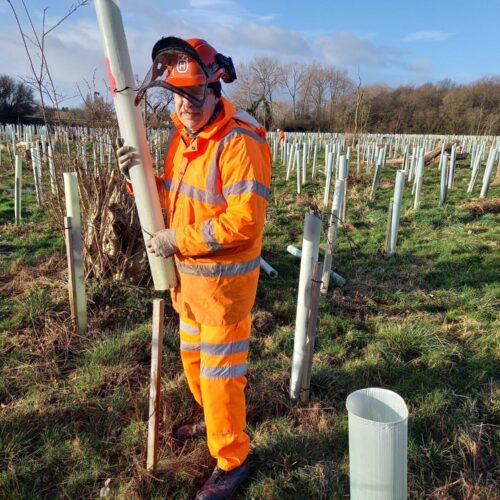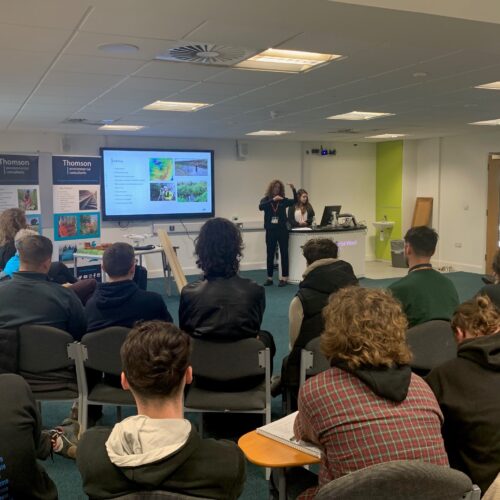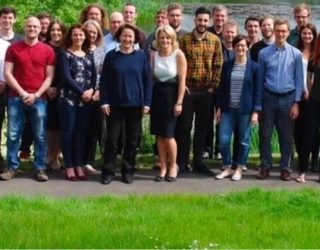You’re familiar with the mantra ‘reuse, reduce and recycle,’ right? This is something Thomson practice regularly. But there’s another recycling phrase which might not be quite as well-known but is equally as important to the operational side of our sustainability, particularly in our habitats team. One of the teams Project Managers, Wulf, explains more.
(updated on 18 March 2020).
As Thomson employees, we take pride not only in our work, but in every aspect of our jobs and part of our ethos is to ensure we limit our waste. So, when we finish on site, we sometimes have equipment and materials to take away and dispose of. These range from tree and vegetation arisings to fencing posts or compost bags. So, what happens to these unwanted materials?
Recycling for future generations
When the habitats team first get involved with projects, we often advise the client on ways that they can reuse some of the waste that will be generated as part of their work. We suggest bug hotels and mini beast areas by creating brushwood piles from excess timber.
Hibernaculum, animal refuge and reptile basking banks are also suggested so that excess wood and soil can be reused on site. A popular suggestion is to create egg laying heaps by storing grass and brush cuttings for the reptiles to get inside and find somewhere warm for their young.
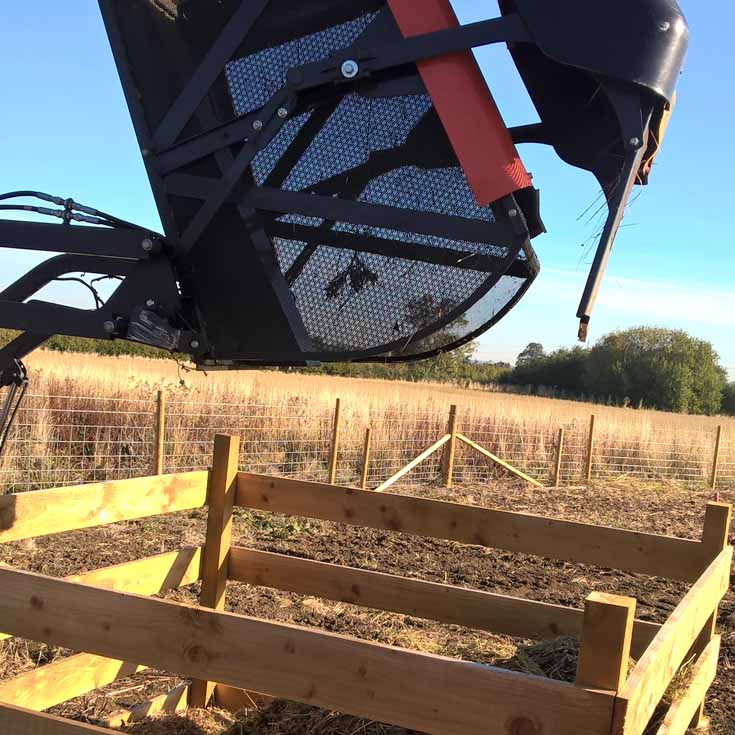
Where materials can’t be used in the items above, we contact schools, farmers or activity centres local to the site we’re working on at the time, to see if they would like any of the wood-chip or mulch waste before we transport it away.
This way the arisings that would normally be chipped and disposed of through a waste facility, find new uses in the local area. For example, the wood-chip will be used in playgrounds, on footpaths and for a myriad of other uses, while the reduced transportation to carry the waste materials off site for disposal in other locations, helps to reduce our vehicle emissions.
This not only helps us to be sustainable, but it provides materials to help educational establishments provide services at no extra cost, and it helps to demonstrate to young people that recycling is an important part of everyday life.
We also offer our wood chippings to be used in the creation of biomass fuel. Biomass is a fuel developed from organic materials and is seen as a renewable and sustainable source of energy made from scrap wood, woodland debris, certain crops and manure. This energy is used to create electricity and various other forms of power.
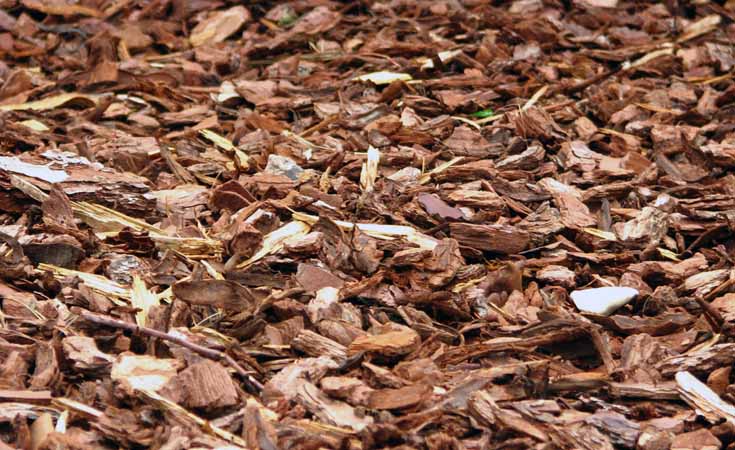
For those items that can’t be reused in the local area or turned into biomass, the team bring them back to our compound where our site supervisors and site operatives will sort through the materials and site waste to determine what can be recycled – cleaning up any items that can be reused again and putting them into our stock.
Waste not, want not
It’s not just about what we do with the ‘off-cuts’ though. Where possible, we want to avoid creating too much excess. Therefore, to reduce our waste, we use the adage ‘measure twice, cut once’. This way, we always make sure that we order only what we need to complete the project and that we are not left with surplus materials, a bit like ‘just-in-time’ production methods that large-scale industrial companies employ.
However, even using this method we are sometimes left with additional ‘bits and pieces’. This is where having some storage space is useful, as these are returned to our compound where we clean them up and put them into our stock, ready to be used on the next project or task.
Supplier recycling
Our material suppliers are also doing their bit to reduce waste too. They recently sent us some biodegradable spiral guards which are used in the protection of young trees, otherwise known as whips. Hundreds of thousands of spiral guards are used across the UK throughout the tree planting season and once they have carried out their purpose, they often end up in waste facilities and tips.
To put these biodegradable spiral guards to great use, while reducing plastic waste – safeguarding for the future – one of our Project Managers is trialling them to make sure the functionality is what the industry needs. We hope that this will open a door to the use of more sustainable materials and a reduction in plastic use at Thomson, and in our industry.
Other schemes
The habitats team are also looking into another scheme that provides excess wood to wood recycling centres that clean it up and then donate it to local community projects. Sometimes we have several stakes or fencing posts that can be re-purposed and passed on to others instead of ending up in landfill.
The materials and waste that cannot be reused is put into our waste bins which are collected by our local waste facility company, Chambers. They then take away the waste, sort through it and separate it into the relevant material types, before recycling these and only disposing of the smallest possible amounts of recyclable waste.
In addition, and as explained in detail in our recent blog on office sustainability, our office staff also carry out many of our recycling strategies and this includes when ordering materials. We are conscious of the impact this has and so always ensure that we source them from sustainable suppliers that have their environmental accreditation’s in place.
We also work with many companies that take recycled materials and use them in their products, and we make sure that we are accurate in our orders to reduce the number of materials on site, while continuing to push for a greener and cleaner site on any project we manage.
The Thomson sustainability committee
Since this blog was written, we’ve been working hard to innovate in many ways, one of which is how we can strategically be more effective when it comes to sustainability. This has led to the establishment of a committee to tackle things such as recycling, as well as help to improve our efficiency in and outside the office – with our clients and staff in mind. For example, this covers anything from hand soap to newt fencing and beyond.
Recently, we’ve started up a dialogue with our recycling provider, Chambers, in order to be able to better separate our waste, thus being able to send more items to them that can be recycled. This includes separating food waste from general waste, meaning items such as cardboard and paper, aluminium and glass, do not become contaminated in the same bins as food. In addition, we’ve also started separating glass which we take to a recycling point. The plan for the future is to potentially start collecting milk bottle lids and sending them to companies that turn them into new plastic containers and items.
We can help each other
We are always on the look out for new and innovative ideas to further reduce our footprint so if anyone has any suggestions, then please do not hesitate to get in touch.
Contact us



